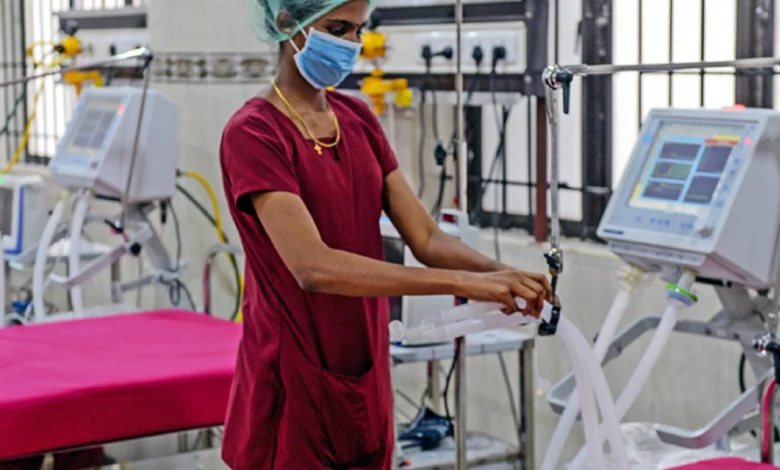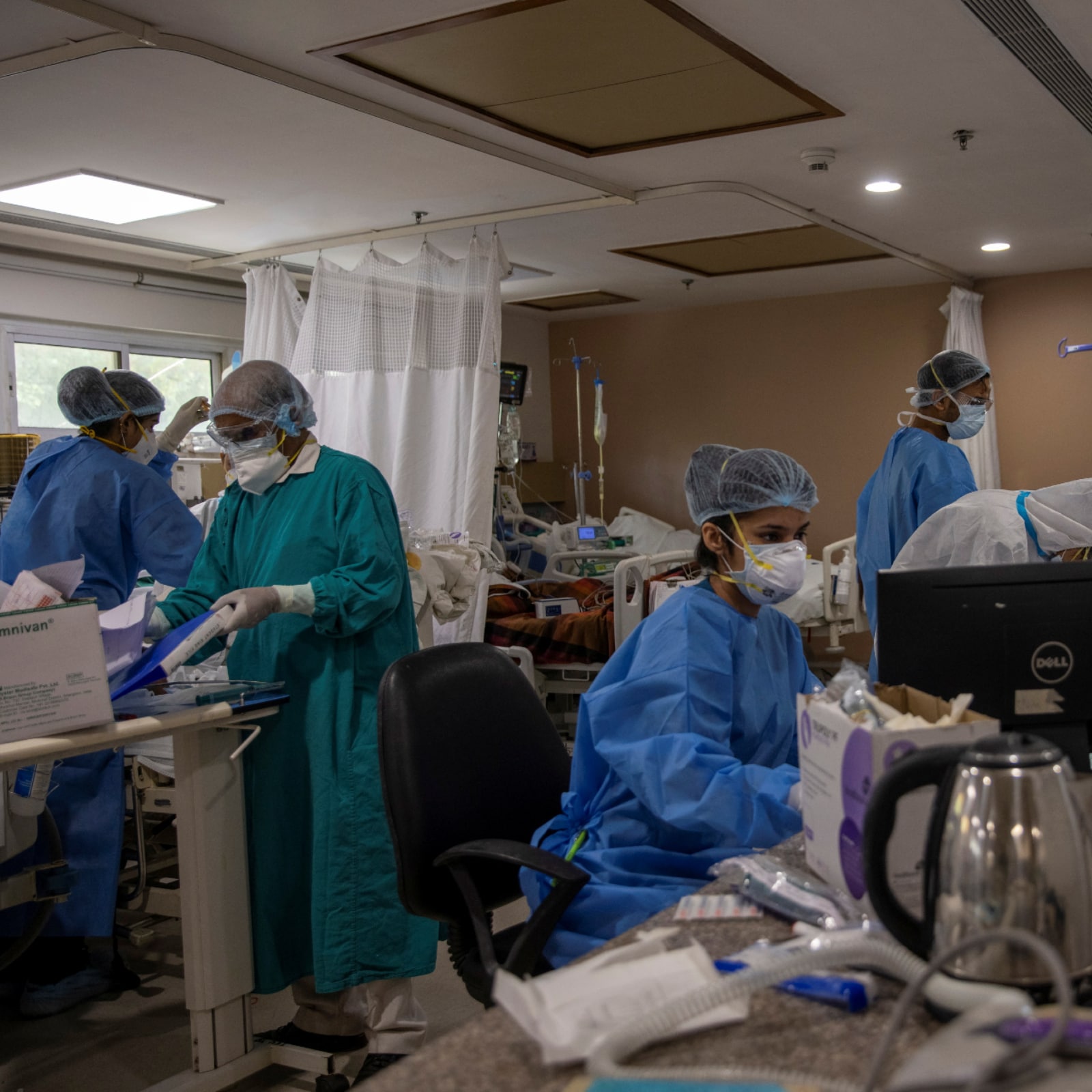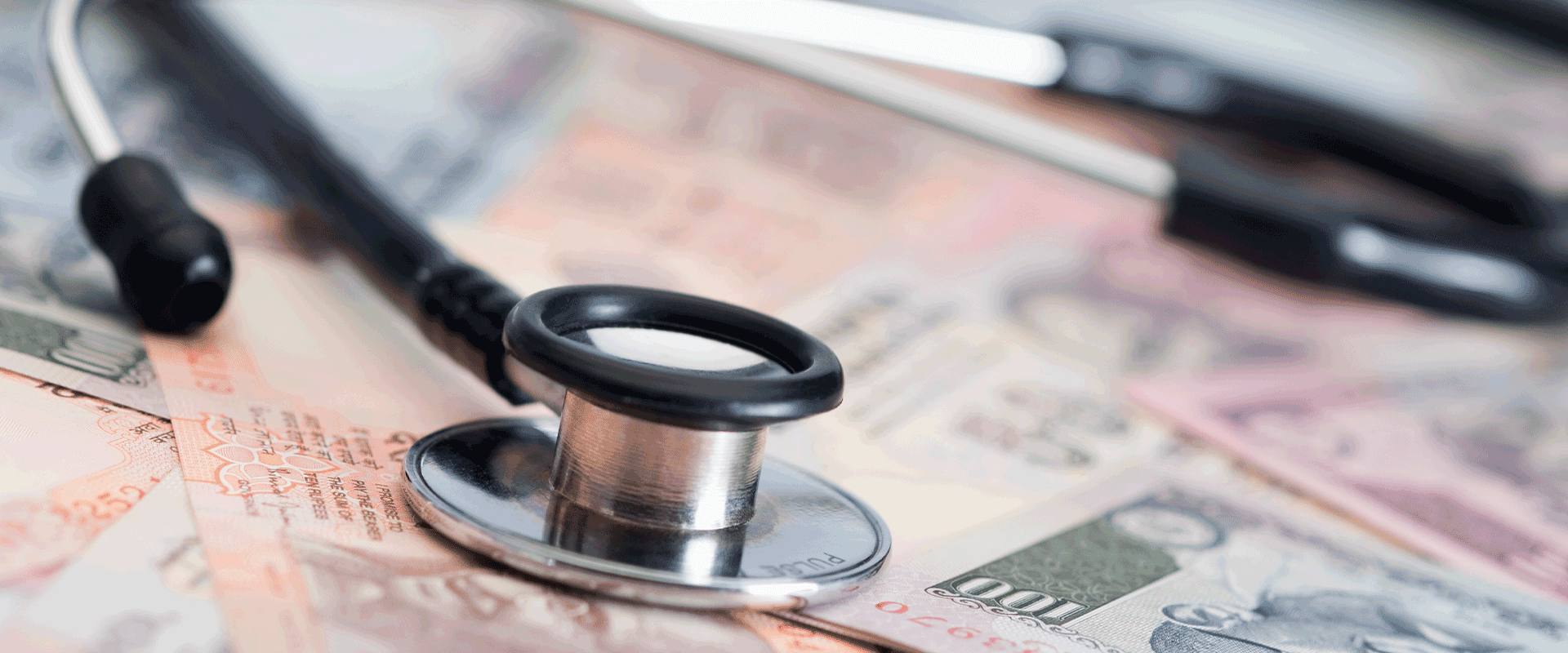Indicators of maturity in India’s medical device regulatory landscape

Indicators of maturity in India’s medical device regulatory landscape
For many years, there has been a vigorous public discussion on the need for India to create a new regulatory framework for medical devices, led by experts, the media, and other value chain participants. On the other hand, medical devices have continued to be governed by the more comprehensive Medicines and Cosmetics Act 1940 and were treated as medicines, albeit occasionally being registered under section 3 of the DCA Act 1940 (Drugs and Cosmetics Rules 1945).
This monthly notification has not, however, addressed the movement and presence of a wide range of things that may be called medical devices and make their way into the Indian market, whether officially or illegally. As a result, specific equipment with dubious safety and efficacy benchmarks was out for sale and used by hospitals and patients, posing a risk to the health and lives of millions of Indians. This was due to ambiguities and confusion surrounding the quality and standards as well as their very status, whether a particular product was a medical device or not. As a result of the regulatory environment’s ambiguity, there were also limits from an investment perspective.
Although no different regulatory framework has yet been established, the government has recently taken several steps to simplify medical device regulation procedures and mechanisms.
The Medical DeviceRules 2017 set the ball rolling
Medical devices were not precisely defined until the Central Drug Control Organization released the Indian Medical Device Rules 2017 in 2017. This definition was changed and revised once more in February 2020. The MDR also included a provision for the later-implemented single window platform, which allowed producers and importers to register through a single website.
A manufacturing license was supposed to be issued indefinitely under the 2017 Rules until it was revoked or suspended. The MDR 2017 has made it easier for importers to send products into India by combining registration certificates and import licenses. The first risk-based categorization system with four levels was devised, which is significant. Devices in categories A and B are at low to high risk. Class D people were considered to be moderate to very dangerous, while Class C people were seen to be in grave danger. This methodical classification allowed makers and importers to include the proper risk reduction and removal equipment by defining them in terms of the design and material utilized to construct the devices.
As a result, patients and hospitals were more careful while using a gadget, taking all reasonable safety measures and adhering to all safety regulations. It is significant to note that while the central licensing authority was responsible for issuing licenses for higher-risk devices under categories C and D, state licensing bodies were responsible for issuing licenses for categories A and B. A Third Party Conformity Assessment and Certification through Notified Bodies that the National Accreditation Board would authorize for Certification Bodies (NABCB) were also established by the MDR 2017.
The Medical Devices (Amendment) Rules 2020 are an improvement that increases accountability and openness

The Medical Devices (Amendment) Rules 2020 were published in February 2020, an essential step toward a more established regulatory environment for medical devices in the country. In a broad statement, the government announced that all medical devices would be classified as medicines beginning in April 2020, eliminating potential legal ambiguities and loopholes. A new and independent framework for the registration, manufacturing, import, labelling, sales, and post-market surveillance of medical devices was also mandated by the MDR 2020.
These dates were based on the risk profiles of the products. By October 2021, and afterwards, to comply with their deadlines, all new device manufacturers and importers who had not yet received notice under DAC 1940 were required to file voluntary registration requests. According to the MDR 2017, a business can register by displaying an ISO 13485 certificate provided by a licensed certifying organization in lieu of submitting safety and efficacy information. The registration number must now be printed on the label of a medical device, nevertheless.
Draft New Drugs Medical Devices and Cosmetics Bill 2022 another step forward

The government has demonstrated its continued commitment to strengthening medical device regulation by making the New Drugs, Medical Devices, and Cosmetics Bill 2022 draft public. Including a separate Medical Device Advisory Board, similar to a Drug Advisory Board, in addition to the new definition proposal, is particularly notable. The law also intends to regulate clinical trials for medical devices by defining investigational medical devices and outlining the approvals, inspections, fines, and payments that go along with them.
The establishment of central and state medical device testing facilities similar to drug laboratories has been foreseen by the statute defining fake and adulterated medical equipment. Due to these factors, Indian medical device markets are emerging from the shadow of more dominant drug regulations. The quality, safety, and effectiveness of the medical equipment used in the country are improving due to maturity.





